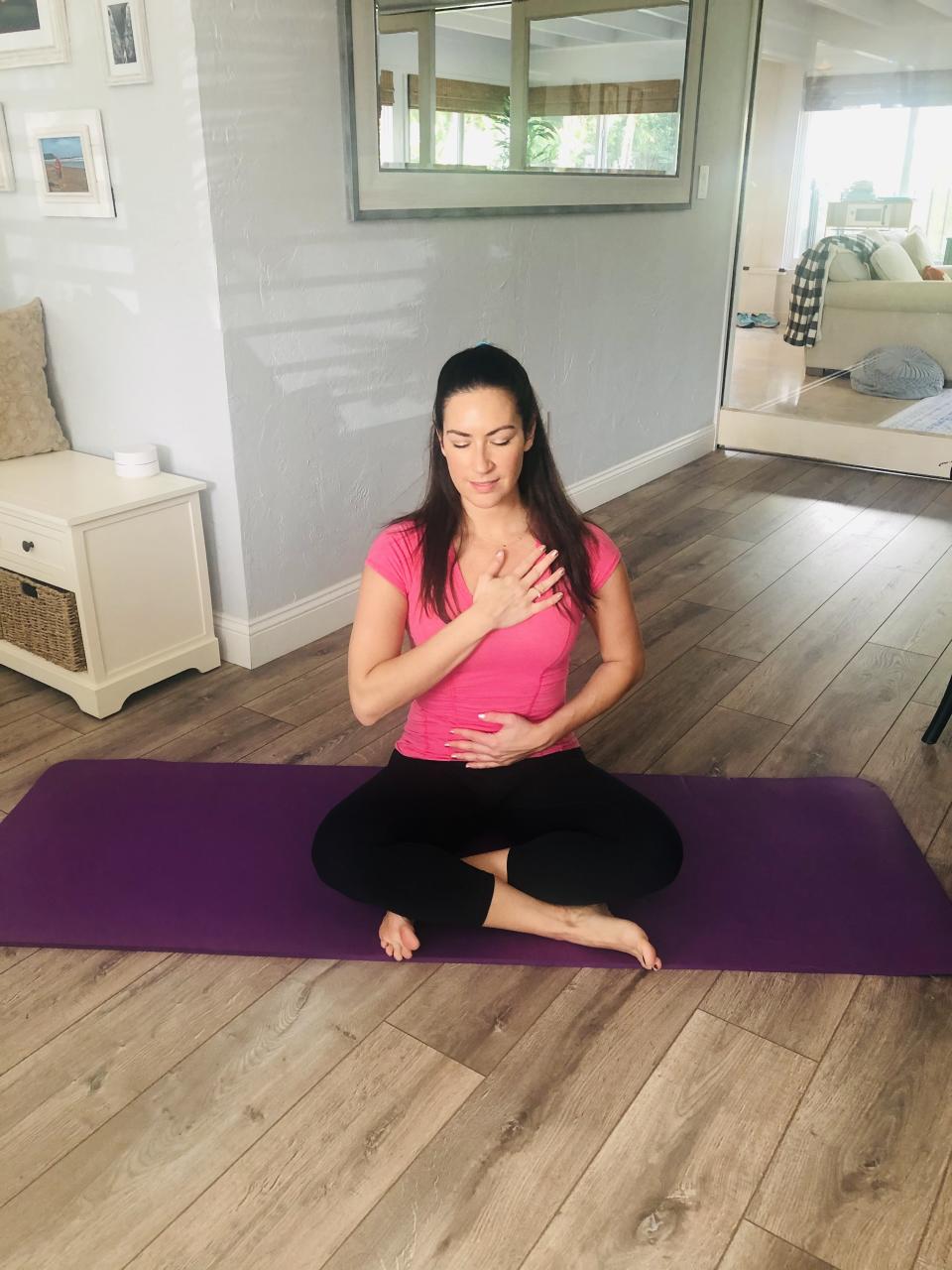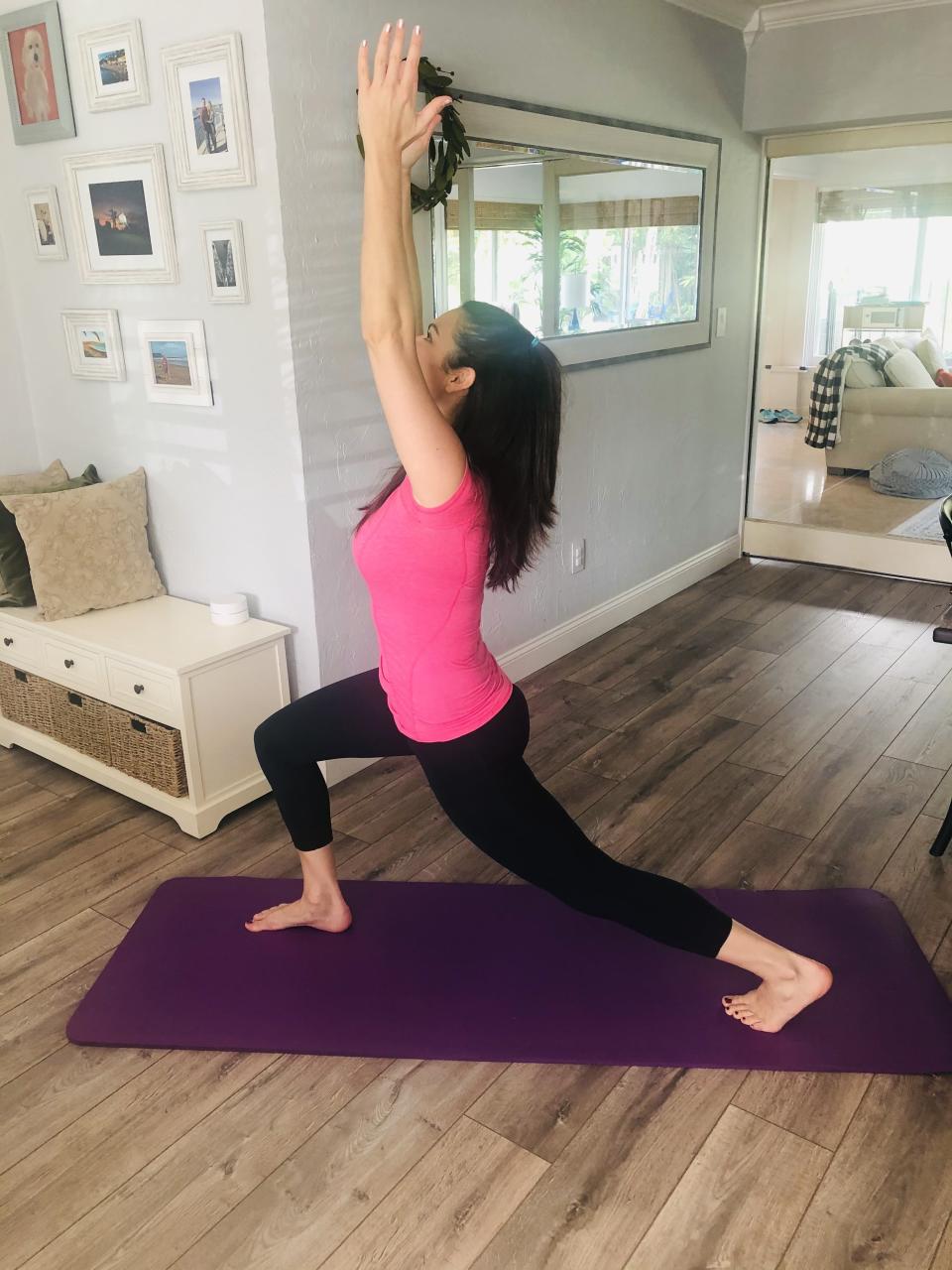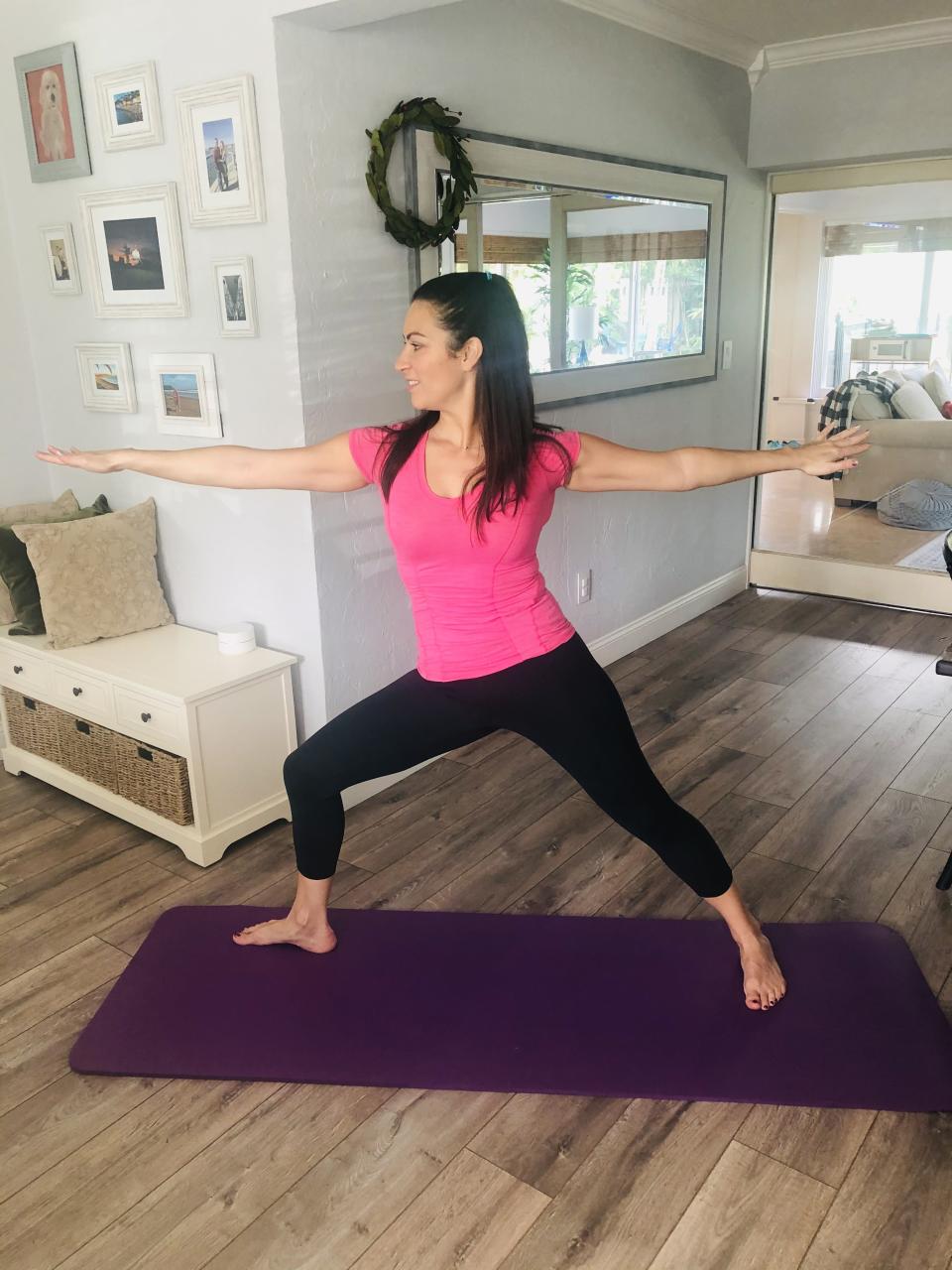Yoga is more than a fitness routine: How to apply all 8 limbs to your daily life
One of the reasons I became fascinated with yoga was because of the mental practices woven into the physical class. My first yoga instructor encouraged me to adopt an attitude of nonviolence, not only toward others but also toward myself. The negative self-talk in my mind was fueling violence toward myself, she said — something I had never thought of until that first yoga class 15 years ago.
I started attending yoga classes weekly and was amazed at how it helped my anxiety and insomnia. So by my mid-20s, when I started seeing fliers at my yoga studio for teacher training, I was intrigued. I signed up for a teacher training program that focused one session a week on philosophy, the yoga sutras by Patanjali, to be exact.
I learned a spiritual practice that became more important to me than I had ever imagined before I signed up. As a practicing Catholic, I am well-versed in prayer, religious rules and striving to “be a good person” (Catholic guilt, anyone?). But what I studied in my yoga training, specifically Patanjali’s eight limbs of yoga, provided a unique outline of how to live a life based on disciplined morals and purpose. Instead of praying and connecting to something outside of myself, I was encouraged to turn inward to get to know myself better.

And while yoga classes can include dumbbells or super hot temperatures or be set to hip-hop music, the physical practice is only one limb of the eight tenets.
I was recently cleaning out boxes, and came across the book from my yoga teacher training 13 years ago. It was like a breath of fresh air in terms of positivity, self-acceptance and releasing stress for things that are out of my control.
I thought that since it helped me so much over a decade ago, maybe it would help others. Here are the eight limbs of yoga and ways both big and small that I've incorporated them into my life.
Related: Meditation can reduce anxiety and stress. Here are tips on how to meditate for beginners.
1. Yama
Yama focuses on integrity and how you conduct yourself — both around others and when no one is watching. The five aspects (summarized in English) are nonviolence, truthfulness, not stealing, control over physical impulses and lack of greed. For me, nonviolence and truthfulness stand out as especially important with all that’s going on in the world today.
Nonviolence refers to not causing injury by thoughts, words or actions. So I like to use this as a way to check in with myself to see if I am talking negatively. For example, if you say things like, “Why am I working so slowly today, what’s wrong with me?” or “Why isn’t that idiot wearing a mask?” check in with how it makes you feel. See how you can rephrase your self-talk so that it’s not harsh or overly critical to yourself or others.
In your physical yoga practice, nonviolence occurs when you stop yourself from pushing too far and hurting your body just to achieve a pose that is outside of your limits.
Truthfulness is another of my favorite Yamas because it includes being truthful to yourself. Being honest with myself and with my desires, like, “Yes, I do want to sleep in today and it’s OK if I skip my workout,” is liberating. Likewise, saying to myself, “I want to sit on the couch and watch Netflix, but I know I’m just being lazy so I’m going to be honest with myself and get in a workout first,” requires truthfulness to upholding a commitment to myself.
2. Niyama
Self-discipline and maintaining good habits are all part of Niyama. In English, they include themes like clearness of mind, contentment, acceptance of others and acceptance of one’s circumstances, persistence, self-reflection and surrendering to God.
Tapas (aka persistence and perseverance) in your yoga practice refers to pushing yourself to the edge. How much further can you go in your Reverse Warrior or in your Crow Pose to really push your limits (without injuring yourself)? How much longer can you hold Chair Pose or Warrior II? Being persistent and persevering, even when the going gets tough, is the theme and lesson. In everyday life, whether you’re looking for a job, trying to reach a goal or committing to healthier habits, being persistent will help you get from point A to point B.

Santosha (or acceptance) is the total game-changer for me. If I feel anxious or lacking in confidence, simply surrendering to self-acceptance (even if I don’t like what I’m accepting!) takes the fight and irritation out of things. Feeling content and forcing myself to accept a circumstance “as is” allows me to peacefully make changes.
For example, my small apartment doesn’t have a dishwasher. I despise washing dishes by hand, but I accept that this is my reality right now. My landlord won’t be installing a dishwasher and, even though I don’t like the situation, I can accept it so that I’m not in a bad mood every time I wash dishes. This is a small example, but is there something like this in your everyday life that would make a shift for you mentally if you adopted an attitude of acceptance?
3. Asana
This refers to the physical practice of yoga and all of the poses. This the practice of yoga that most people know and love, and it’s also a means to steady the mind. When the body steadies, the mind steadies.
4. Pranayama
Pranayama is controlling breath to connect the mind with the body. If I’m feeling all over the place, anxious or overwhelmed, I simply come back to this breathing practice. Think about moving prana (or life force) through your body as you breathe in and out through your nose.
I do this deep breathing all the time: in the middle of the day at my desk, while I’m trying to go to sleep at night, when I’m on walks listening to podcasts and, of course, in my yoga practice.
5. Pratyahara
This limb refers to turning off your awareness and focus on the outside world, and turning the attention inward to only yourself. It’s all about seeking self-knowledge and inner approval instead of opinions and influence from others.
On the mat, while moving through postures, it’s pretty straightforward to focus on your body and your movements. But in day-to-day life, this gets trickier. When I find myself absorbed in social media or replaying conversations with others in my mind, I literally snap my fingers as if to say, “Pratyahara!” to bring me back to myself.

6. Dharana
Concentration or one-pointed focus is at the root of this practice. Think about when you get absorbed in a work project or play with a young child and your mind is focused only on the task at hand. That is living in a state of Dharana.
In Tree Pose or other balance poses in yoga, you use concentration and focus by gazing at a specific point to fix your attention and stay balanced. In everyday life, one tool that’s helped me tremendously is writing positive affirmations on sticky notes and placing them on my bathroom mirror. I read them in the morning, at night and every time I use the bathroom to remind me that “I am powerful” or “I am peaceful.” I repeat this mantra throughout the day, too, to focus on that one phrase or affirmation.
7. Dhyana
Once you’ve achieved concentration with Dharana, then you can move to contemplation with Dhyana. In yoga, this is usually practiced as meditation. In everyday life, this is the practice of just “being” or relaxing without an agenda or intruding thoughts.
As a type-A overachiever, I am constantly reminding myself to “just be” and feel at peace.
8. Samadhi
The final stage of yoga is a spiritual state where your mind is so absorbed in whatever it’s contemplating that it loses its own identity and is in a state of deep peace. To be perfectly honest, I’m not sure if I’ve ever achieved this outside of a particularly amazing yoga class. It’s the final stage for a reason and definitely something to aspire to.
If you’re interested in reading more, you can check out the book, "Yoga Sutras of Patanjali."

